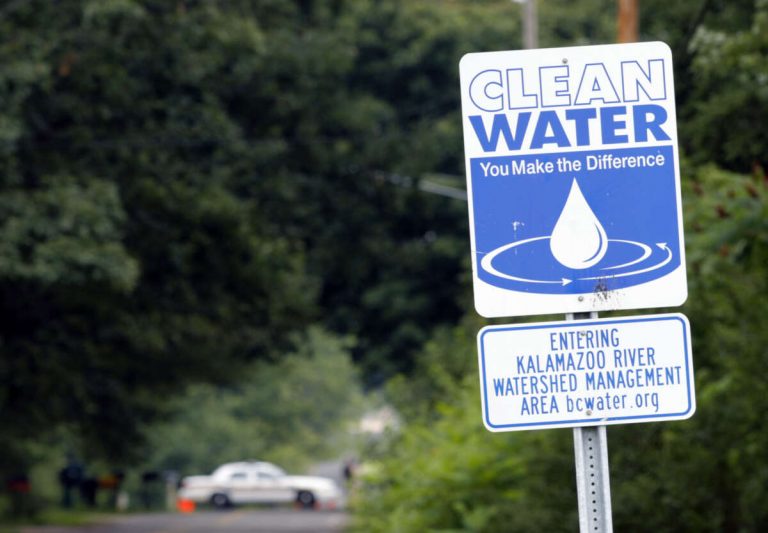Oil Pipeline Threatens Catastrophe For Tribes In Michigan – Again
This Indigenous Peoples Day, the approximately 2,700 Ojibwe tribal members of the Bay Mills Indian Community in northern Michigan are marking the holiday amid fear that their region could face another environmental catastrophe like the one that occurred in 2010, when Enbridge’s Line 6B oil pipeline burst and spilled over a million gallons of tar sands crude oil, contaminating the Kalamazoo River and over 40 miles in its watershed.
Today, the community is afraid that an even more potentially devastating event is looming: a future rupture of another Enbridge relic, the antiquated 72-year-old Line 5 pipeline, which originates and ends in Canada but travels across Wisconsin and Michigan, and crucially, through the Great Lakes under the Straits of Mackinac.















